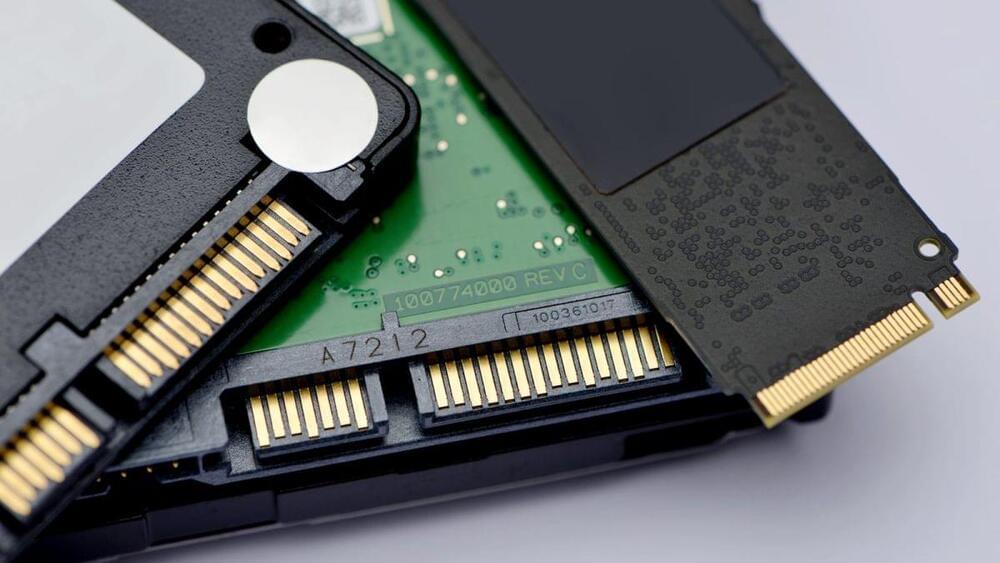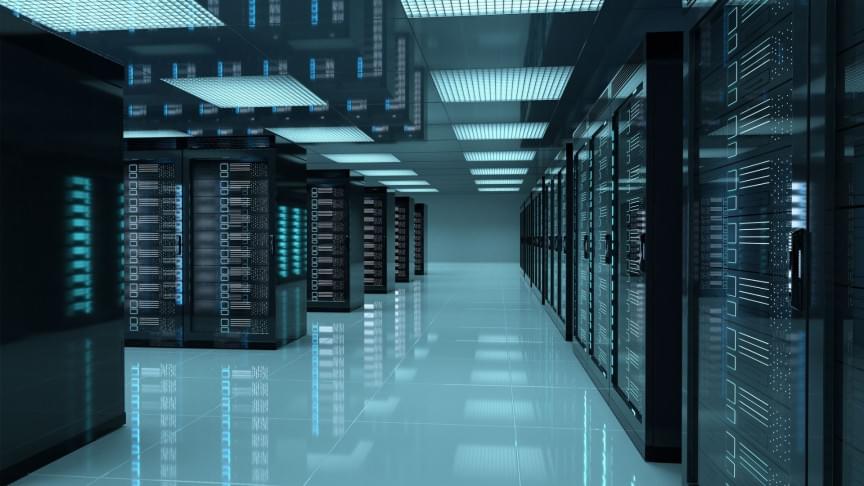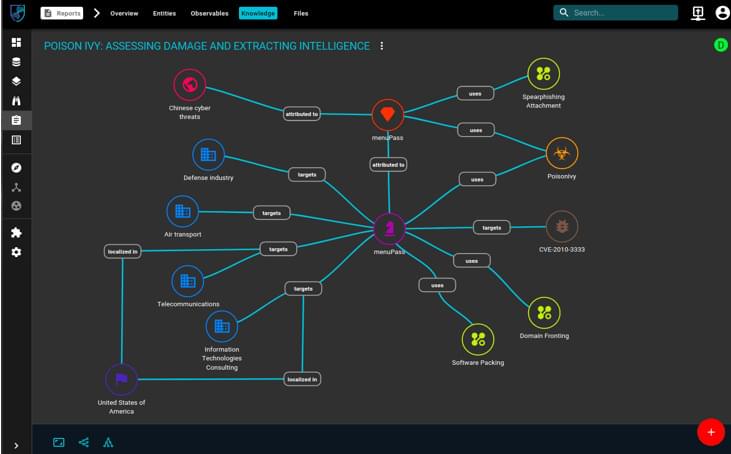ETH Zurich is designing and fabricating a 22.5-meter-tall green architectural sculpture.
Get the latest international news and world events from around the world.

New Malware Uses SSD Over-Provisioning to Bypass Security Measures
An almost perfect way to stealthily store malware.
Korean researchers have detected a vulnerability in SSDs that allows malware to plant itself directly in an SSD’s empty over-provisioning partition. As reported by BleepingComputer, this allows the malware to be nearly invincible to security countermeasures.
Over-provisioning is a feature included in all modern SSDs that improves the lifespan and performance of the SSD’s built-in NAND storage. Over-provisioning in essentially just empty storage space. But, it gives the SSD a chance to ensure that data is evenly distributed between all the NAND cells by shuffling data to the over-provisioning pool when needed.
While this space is supposed to be inaccessible by the operating system — and thus anti-virus tools — this new malware can infiltrate it and use it as a base of operations.
Wormhole Tunnels in Spacetime May Be Possible, New Research Suggests
There may be realistic ways to create cosmic bridges predicted by general relativity.

Kyoto University Loses 77 Terabytes of Research Data After Supercomputer Backup Error
Unfortunately, some of the data is lost forever. 🧐
#engineering
A routine backup procedure meant to safeguard data of researchers at Kyoto University in Japan went awry and deleted 77 terabytes of data, Gizmodo reported. The incident occurred between December 14 and 16, first came to light on the 16th, and affected as many as 14 research groups at the university.
Supercomputers are the ultimate computing devices available to researchers as they try to answer complex questions on a range of topics from molecular modeling to oil exploration, climate change models to quantum mechanics, to name a few. Capable of making hundred quadrillion operations a second, these computers are not only expensive to build but also to operate, costing hundreds of dollars for every hour of operation.
According to Bleeping Computer that originally reported the mishap, the university uses Cray supercomputers with the top system employing 122,400 computing cores. The memory on the system though is limited to approximately 197 terabytes and therefore, an Exascaler data storage system is used, which can transfer 150 GB of data per second and store up to 24 petabytes of information.

Navy’s Costly Carrier Finally Has Its Bomb-Lifting Elevators
The Navy’s costliest warship finally has all the elevators needed to lift bombs from below its deck so it can deploy on its first operational patrol — more than four and a half years after delivery.
The service has announced that the 11th and final Advanced Weapons Elevator is in place on the $13.3 billion USS Gerald R. Ford and the aircraft carrier is ready for training and operations.
“This is a significant milestone for the Navy, ship and her crew,” Rear Admiral James Downey, the Navy’s program executive officer for aircraft carriers, said in a statement. “We now have the entire system to operate and train with.” He said the service and the prime contractor, Huntington Ingalls Industries Inc., used “hundreds of craftsmen, technicians and engineers, working around the clock —through multiple underway and holiday periods — to get these advanced systems on line and operational.”

Raytheon To Enhance Seasparrow Missiles For US Navy That Can Defend NATO Vessels Against Missile & Drone Attacks
Defense company Raytheon has clinched a US Navy contract to provide engineering and technical services for the Evolved Seasparrow Missile and NATO Seasparrow Missile programs, the Pentagon has said.
A press release by the Department of Defense on December 30 stated, “Raytheon Company [of] Tucson, Arizona, is awarded a $55,121,826 modification to a previously awarded contract for engineering and technical services in support of the Evolved Seasparrow Missile and NATO Seasparrow Missile Systems programs.”
The contract combines purchases for the US government (99%); and those of Japan and the United Arab Emirates (1%) under the Foreign Military Sales program.

Scotland missed 100% clean electricity consumption in 2020
In 2011, Scotland set a target of reaching 100% clean electricity consumption in 2020. And last year, the country almost reached its target – 98.6% of gross electricity consumption came from renewable sources, according to the Scottish government’s December energy statement.
UnderstandSolar is a free service that links you to top-rated solar installers in your region for personalized solar estimates. Tesla now offers price matching, so it’s important to shop for the best quotes. Click here to learn more and get your quotes. — *ad.
Scotland, which is working to achieve net zero by 2045 – a legally binding target – has one of the most ambitious climate targets in the world.

OpenCTI Cyber Threat Intelligence Platform
OpenCTI-An Open Source Cyber Threat Intelligence Platform. OpenCTI allowing organizations to manage their Cybe Threat Intelligence observables.
OpenCTI is an open source platform allowing organizations to manage their cyber threat intelligence knowledge and observables. It has been created in order to structure, store, organize and visualize technical and non-technical information about cyber threats.
The structuralist of the data is performed using a knowledge schema based on the STIX2 standards. It has been designed as a modern web application including a GraphQL API and an UX oriented frontend. Also, OpenCTI can be integrated with other resources and applications such as MISP, TheHive, MITRE ATTACK, etc.
The goal is to create a comprehensive software allowing users to capitalize technical (such as TTPs and observables) and non-technical information (such as suggested attribution, victimlogy etc.) while linking each piece of information to its primary source (a report, a MISP event, etc.), with features such as links between each information, first and last seen dates, levels of confidence etc.

Europe’s power crunch shuts down factories as prices hit record
The crunch is so severe that it’s forcing factories to curb output or shut down altogether. Aluminium Dunkerque Industries France has curbed production in the past two weeks due to high power prices, while Trafigura’s Nyrstar will pause production at its zinc smelter in France in the first week of January. Romanian fertilizer producer Azomures temporarily halted output.
Electricite de France SA said last week it would halt four reactors accounting for 10 per cent of the nation’s nuclear capacity, straining power grids already facing cold weather. At the beginning of January, 30 per cent of France’s nuclear capacity will be offline, increasing the reliance on gas, coal and even oil.
